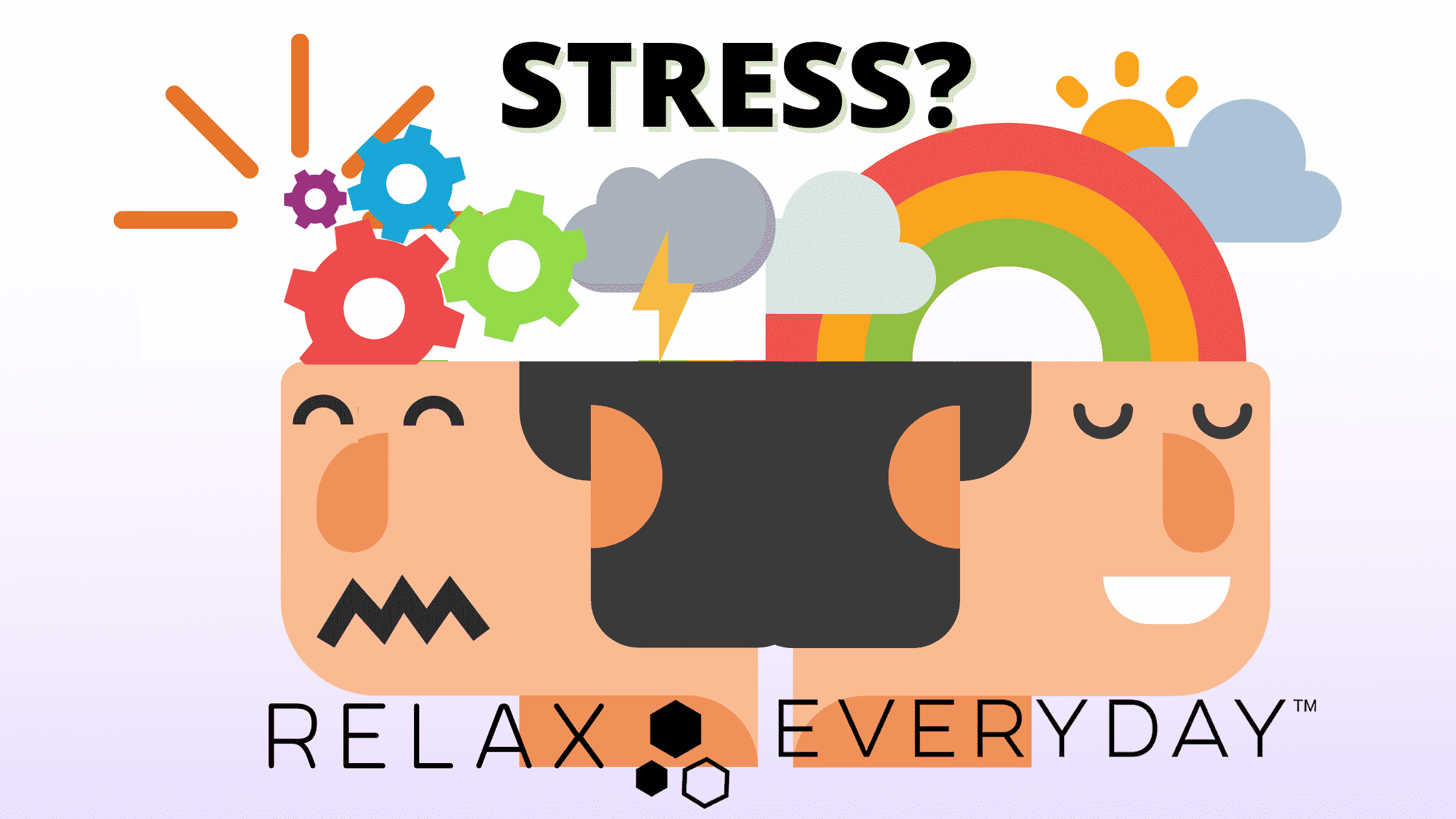
Relaxation Tips to Reduce Stress
Reducing stress is something that we all should learn how to do. Unfortunately, in today’s fast-paced world, we’re not exactly encouraged to de-stress when we could be productive. However, you can’t overestimate the importance of relaxation to a well-balanced work/life balance. That’s why we’re exploring how to manage stress with some scientifically proven techniques in this post.
Benefits of Stress Management
Before we dive into specific stress management strategies, we should cover what exactly goes on when you engage in them.
Stress management does more than make you feel less anxious. In fact, relaxation techniques cause a host of physical reactions as well. Some of these benefits can even have positive effects on your physical well-being.
For example, relaxation techniques can reduce blood pressure, lower heart rate, bestow energy and vigor, calm hot tempers, boost sleep, and more.
Top Stress Relief Techniques
So how exactly can you get some of these benefits for yourself? We’re glad you asked! You can engage in several different kinds of stress management strategies, according to the Mayo Clinic. We’ll outline how to reduce stress and anxiety using some of these techniques below.
Progressive Muscle Relaxation
You may have been able to deduce how to perform this technique from its name. With progressive muscle relaxation, you can learn how to reduce stress levels by relaxing individual muscle groups one at a time.
To perform progressive muscle relaxation, start with one area of your body (like your head) and move to another (like your feet). First, tense your muscles for about five seconds. Then, relax them for thirty seconds. Then, move on to the next muscle group. Once you’ve worked through your entire body, repeat as needed.
If you really want to get the most out of progressive muscle relaxation, you’ll need to focus on the different sensations of muscles being tense and then relaxed. It can take a while to get the hang of it, but this method can boast some impressively relaxing results.
Autogenic Relaxation
Autogenic relaxation involves using your body’s own powers to lower stress. When using this technique, repeat a word, phrase, or idea in your head that can reduce tension. This is sort of similar to repeating a mantra or chant.
However, that’s not the only component to this technique. You’ll also focus on specific parts of your body. For example, you may focus on slowing your breathing. Or, you may attempt to release tension from individual parts of your body individually. This requires a fair bit of concentration, but it can have powerful results.
One last thing: if you’re going to try autogenic relaxation, make sure you’re in a comfortable place. Nestle into your favorite couch, chair, or even your bed. The setting is extremely important to successfully employ autogenic relaxation!
Visualization
If you’ve ever “gone away to your happy place,” you’re already familiar with this stress management technique. Visualization involves using mental imagery to reduce stress and improve relaxation.
If you’re really wondering how to reduce stress and tension with this technique, though, you’ll need more than images. You’ll also need to use your mind to conjure other facets that set the scene. For example, you’ll probably want to include some kind of aroma and certain physical sensations that will really help your brain complete the picture.
A pro tip if you’re going to try visualization: don’t make your scene too complex. Keeping things simple will help you focus, while introducing too many factors can easily become distracting and overwhelming. Depending on your preference – perhaps you can focus on seeing a babbling brook, hearing the sounds of a waterfall, or feeling the warmth of the sun on your skin.
This is probably one of the more difficult techniques we’ve listed here. Since you’re relying completely on your mind (and not focusing on your body), it can be pretty easy to get distracted. Don’t give up! With some practice, “going away to your happy place” can help banish stress and help you chill out.
CBD
Last (but certainly not least), CBD can take on a major role when learning how to reduce stress levels. Research shows that CBD may provide an effective avenue to lower stress and improve relaxation.
In fact, CBD appears to use some of the same neurological pathways that many of today’s anti-anxiety pharmaceuticals do. As a result, CBD can not only reduce stress from daily activities, but it may also help patients suffering from anxiety disorders find relief.
One important thing to keep in mind if you’re using CBD to relieve stress is that you don’t want to add any THC into the equation. THC can actually trigger stress and anxiety in high doses, especially in people who have low tolerances and are unfamiliar with THC’s effects.
Luckily, at Relive Everyday, all of our CBD products contain nondetectable levels of THC. As a result, you can harness the power of CBD without having to worry about accidentally triggering more stress!
Reducing Stress Doesn’t Happen Overnight
There’s one last thing that’s critical to remember when learning how to relieve stress and anxiety: be patient. Learning to properly manage stress can take some serious time and dedication. It’s not the kind of thing that you’re going to pick up immediately. Instead, you’ll need to stick with it.
That’s where Relive Everyday comes in. Our selection of high-grade CBD products can help give you the edge you need to take on your first stress relief activities – and continue them even when the going gets tough. Managing stress can be difficult alone. But with Relive Everyday, you can relive your best day, everyday. Stress free!
